6 Scientific Reasons Why You Should Use Art therapy to Relieve Stress

In today’s fast-paced world, the quest for effective methods to alleviate stress is more pressing than ever. Amidst various therapeutic approaches, one practice has steadily gained recognition for its profound impact on mental well-being: art therapy. Utilizing art to relieve stress isn’t just a contemporary trend; it’s a time-tested technique that intertwines creativity, expression, and healing. This article delves deep into the science and soul of art therapy, unveiling how it serves as a potent remedy for stress and a gateway to greater self-awareness. Join us as we explore the transformative power of art and its potential to rejuvenate the mind and spirit.
How Does Art Relieve Stress?
1. Enhanced Brain Activity to Relieve Stress
Engaging in art isn’t just a recreational activity; it’s a powerful tool for mental well-being.
When we immerse ourselves in arts, whether through drawing, coloring, or even music, our brain experiences a transformative shift. Here’s how:
The wonders of art extend far beyond the canvas or musical notes; they touch the very core of our brain’s functioning.
A study by Bolwerk et al. (2014) delved deep into the effects of visual art production on the brain.
Their findings revealed that creating art increases the connectivity between different parts of the brain.
This enhanced connectivity is akin to the brain’s response during meditation and can be associated with relaxation and increased focus.
The versatility of arts in therapy is also worth highlighting.
While traditional art forms such as drawing and painting have long been recognized for their therapeutic effects, newer research avenues are exploring other artistic domains.
For instance, the therapeutic effects of music have been corroborated by a study from Hanna-Pladdy & Mackay (2011), which found that musical activities could enhance cognitive functioning and offer resilience against certain neurodegenerative processes.
Additionally, group art sessions provide a unique dimension to therapy.
In a communal setting, participants often draw inspiration from each other, leading to a collective experience that amplifies the therapeutic benefits.
The shared creative journey fosters a sense of community, belonging, and mutual understanding.
Art’s power to stimulate and enhance brain activity offers profound implications for its therapeutic use.
As we continue to uncover the myriad ways art impacts our neural pathways, one thing becomes clear: art is not just an expression of creativity but also a potent tool for holistic well-being.
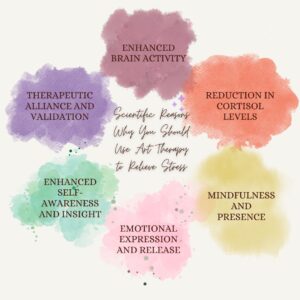
2. Reduction in Cortisol Levels to Relieve Stress
The profound impact of art therapy on mental health is undeniably backed by robust scientific evidence, especially when examining cortisol levels.
Cortisol, commonly referred to as the “stress hormone,” is a reliable indicator of an individual’s stress and anxiety levels.
Elevated cortisol can signal heightened stress, while decreased levels often signify relaxation and calm. So, how does art therapy fit into this picture?
A pivotal randomized controlled study by Kaimal et al. (2016) revealed that engaging in art-making sessions, even for just 45 minutes, led to a significant reduction in cortisol levels among participants.
Remarkably, this effect was observed regardless of the participants’ prior experience with art, suggesting that the mere act of creating art provides tangible stress relief.
Further supporting these findings, a “pre-post” study design that compared cortisol levels before and after arts interventions found similar stress-reducing effects.
In this study, a control group that did not participate in art activities was contrasted with a group that did.
The group involved in art-making consistently showcased lower cortisol levels post-intervention, reinforcing the power of art in stress management.
The realm of creative arts isn’t just limited to drawing or painting. Other art forms, such as music, dance, or sculpture, have also been explored in the context of stress reduction.
A medically reviewed study highlighted that participants who engaged in various creative arts interventions, not just traditional art-making, experienced notable reductions in stress and anxiety.
The evidence is compelling: making art or even merely engaging in art activities offers a genuine and scientifically-backed method to relieve stress.
This isn’t just a fleeting feeling of relaxation but a measurable reduction in cortisol levels, emphasizing the effectiveness of art therapy in stress management.
Whether you’re sketching, painting, or dancing, the act of immersing oneself in art serves as a potent tool for stress relief.
As more studies shed light on this therapeutic relationship between creating art and reduced stress, it becomes clear that art therapy is not just an enjoyable pastime but a crucial component of holistic mental well-being.
3. Mindfulness and Presence to Relieve Stress
In the realm of mental health, the intersection of art therapy and mindfulness offers a unique and transformative experience.
The act of creating art, whether sketching, painting, or any other form of art making, becomes more than just a creative endeavor—it evolves into a practice of being truly present.
A study by Monti et al. (2006) delved into the efficacy of mindfulness-based art therapy, highlighting its potential in stress reduction.
Participants engaged in art activities found themselves immersed in the process, pushing aside external stressors and focusing solely on the task at hand.
This immersion in the creative arts cultivates a profound sense of mindfulness, grounding individuals in the present moment and alleviating stress anxiety.
The beauty of art therapy lies in its versatility. From structured art activities to more free-form arts interventions, there’s a spectrum of opportunities for individuals to explore and find their unique path to mindfulness.
And while the act of making art is deeply personal, the communal aspect of art therapy, especially in group settings, adds a layer of collective mindfulness.
Sharing, reflecting, and appreciating art in a group fosters a communal sense of presence, further enhancing the therapeutic experience.
The act of creating art, coupled with mindfulness practices, emerged as a potent tool to relieve stress.
Art therapy isn’t just a medically reviewed technique for stress relief—it’s a journey. A journey that begins with picking up a brush or a pencil and evolves into a deeper exploration of one’s inner self, fostering mindfulness and presence along the way.
As we navigate the complexities of life, seeking methods to reduce stress and enhance mental well-being, art therapy stands out as a beacon.
It’s not merely about the end product or the beautiful piece of art created; it’s about the process, the mindfulness, and the moments of genuine presence it instills.
4. Emotional Expression and Release to Relieve Stress
Art therapy offers a unique avenue for emotional exploration, providing individuals with a safe and constructive platform for self-expression.
The act of creating art transcends verbal communication, allowing for a deeper, more nuanced exploration of emotions.
But beyond the subjective experience, scientific studies substantiate the therapeutic benefits of art for emotional release.
A study by Snir & Regev (2013) explored the dynamics of emotional expression in art therapy, particularly among children.
The findings highlighted that art therapy facilitated emotional processing, enabling participants to articulate, confront, and manage complex emotions more effectively than through verbal means alone.
The power of art therapy lies in its ability to break down emotional barriers.
For individuals who may find it challenging to express themselves verbally—due to trauma, cultural differences, or personal inhibitions—art becomes a universal language.
A study by Stuckey & Nobel (2010) emphasized that engaging in art activities, be it drawing, painting, or other creative arts, serves as a conduit for releasing pent-up emotions and offers a sense of relief.
Furthermore, the process of making art can be both reflective and transformative.
As individuals pour their feelings onto canvas or mold them into sculptures, they’re not only externalizing their emotions but also engaging in a self-reflective journey.
This dual process—expressing and reflecting—amplifies the therapeutic impact of art therapy on mental health.
Emotional expression and release through art therapy aren’t merely anecdotal experiences. They’re grounded in scientific evidence, showcasing the profound impact of art on emotional well-being.
Whether it’s to articulate complex feelings, find solace, or connect with others, art therapy stands as a testament to the healing power of creative expression.
5. Enhanced Self-awareness and Insight to Relieve Stress
The journey of self-discovery is intricate, filled with layers of experiences, emotions, and memories.
Art therapy serves as a guiding light on this path, offering individuals a unique medium to delve deep into their psyche, fostering enhanced self-awareness and insight.
Externalization of Inner Thoughts
When individuals create art, they externalize their innermost thoughts, feelings, and experiences onto a canvas, paper, or sculpture.
This process allows for a tangible representation of abstract emotions and concepts. By visually confronting these manifestations, individuals can recognize patterns, beliefs, and emotions that might have been previously unconscious or overlooked.
A study by Potash et al. (2015) found that visual representation in art therapy enabled participants to gain clarity on their internal experiences, facilitating introspection.
Reflective Process
The act of creating art is not just about the final product but also about the journey. As individuals engage with their chosen medium, they often enter a reflective state, reconsidering past experiences, decisions, and feelings.
This process, as highlighted in a study by Choe (2014), promotes introspection, allowing individuals to understand their motivations, desires, and fears more deeply.
Symbolic Communication
Art offers a platform for symbolic communication. Through symbols, metaphors, and abstract representations, individuals can convey complex emotions and experiences that might be challenging to articulate verbally.
This symbolic language, as explored in research by Talwar (2007), provides a deeper understanding of oneself, uncovering layers of personal narratives and meanings.
For those eager to dive into the therapeutic world of art immediately, explore our comprehensive set of art therapy exercises, curated to offer a transformative experience.
Challenging Self-perceptions
Often, individuals hold onto fixed self-perceptions and beliefs. Engaging in art activities can challenge and reshape these perceptions.
For instance, someone who believes they aren’t creative might discover a latent talent or passion for painting.
Such revelations, supported by findings from a study by Reynolds et al. (2000), can lead to enhanced self-awareness and a shift in self-perception.
Therapeutic Dialogue
In professional art therapy settings, the dialogue between the therapist and the individual plays a pivotal role.
The therapist, through guided discussions about the artwork, can help the individual explore the underlying themes and emotions, fostering deeper insight. Peterson et al. (2005) emphasized the significance of this therapeutic dialogue in enhancing self-awareness and understanding.
6.Therapeutic Alliance and Validation to Relieve Stress
The realm of art therapy is not solely grounded in the act of creating art but also profoundly influenced by the relationship between the individual and the art therapy practitioner.
This bond, often referred to as the therapeutic alliance, stands as a cornerstone of the art therapy experience, offering validation, support, and a deepened understanding of the individual’s journey.
Building Trust
The foundation of the therapeutic alliance is built on trust.
As individuals share their art, often a reflection of their vulnerabilities, fears, and aspirations, the art therapy practitioner or the art therapist provides a safe and non-judgmental space.
This trust facilitates open dialogue, enabling individuals to delve deeper into their emotions and experiences.
A study by Malchiodi (2007) emphasized the pivotal role of trust in enhancing the efficacy of art therapy interventions.
Validation of Experiences
One of the primary roles of an art therapy practitioner is to validate the individual’s experiences.
Whether it’s acknowledging the emotions conveyed in a piece of art or appreciating the effort and creativity, this validation offers individuals a sense of worth and understanding.
Feeling seen and heard, as highlighted in research by Kaplan (2000), can be immensely therapeutic, especially for those who might have felt marginalized or misunderstood in other contexts.
Guided Exploration
With the expertise of the art therapy practitioner, individuals are often guided through their creative journey.
This guidance can range from suggesting art activities that align with the individual’s therapeutic goals to helping interpret and understand the symbolism in their art.
This guided exploration, as explored in a study by Rubin (2001), fosters deeper self-awareness and insight.
Support Through Challenges
The journey of self-exploration and healing is not always linear. There are moments of doubt, regression, and challenges.
The therapeutic alliance offers consistent support during these times.
The art therapy practitioner stands as a pillar of support, helping individuals navigate challenges, offering coping strategies, and reinforcing the therapeutic goals.
Enhancing Communication
For many, expressing emotions and experiences verbally can be daunting.
The art therapy practitioner aids in bridging this communicative gap. By discussing the art, drawing parallels, and encouraging reflection, they enhance the individual’s ability to communicate their feelings, leading to stress relief and emotional clarity.
The therapeutic alliance in art therapy is a symbiotic relationship, where both the individual and the art therapy practitioner work collaboratively.
This alliance, underpinned by trust, validation, guidance, support, and enhanced communication, offers a holistic approach to healing and self-discovery.
It’s not just about the art created; it’s about the journey undertaken, hand in hand with a practitioner, towards mental well-being and self-affirmation.
If you’re inspired by this profound impact and wish to embark on a new and enlightening career in the service of others, consider enrolling in our art therapy practitioner online course or get access to our 50+ Art Therapy Exercises product.
Art therapy, as we’ve journeyed through, is more than just a merger of creativity and healing; it’s a scientifically-backed approach to mental well-being, self-discovery, and profound emotional release. The blend of artistic expression, professional guidance from art therapy practitioners, and the deep introspection it fosters, makes it a powerful tool in the realm of holistic health. Whether you’re seeking solace, understanding, or considering a meaningful career in service to others, the world of art therapy holds immense promise. Dive in, explore, and let the transformative power of art guide your path.

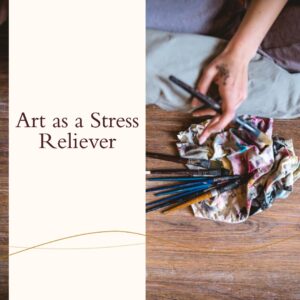
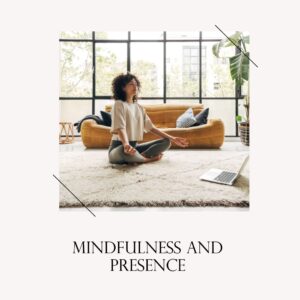
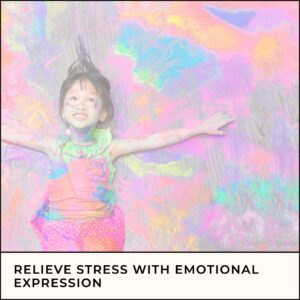
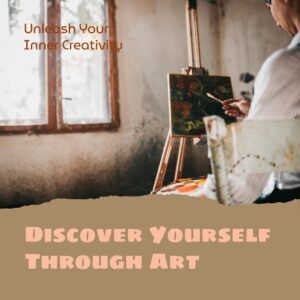

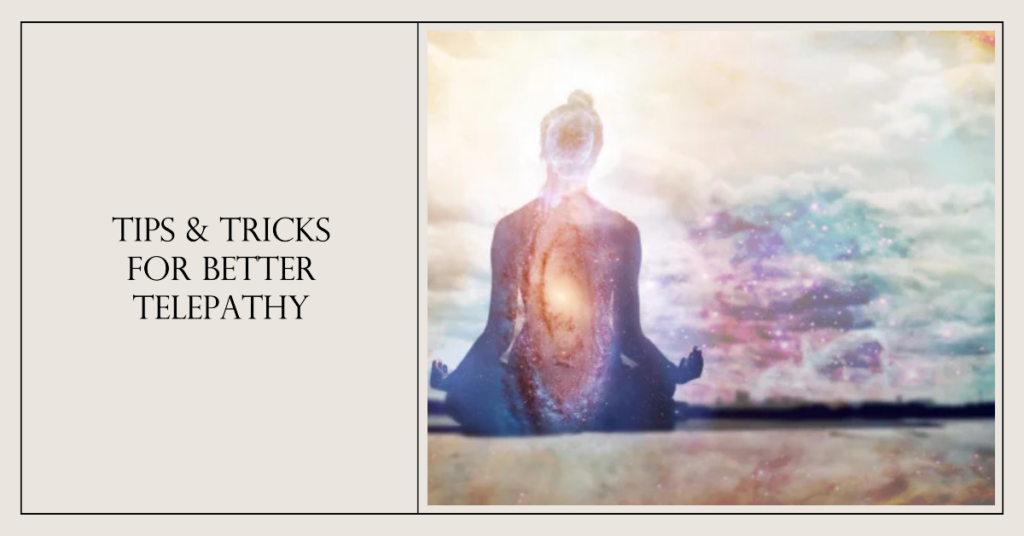
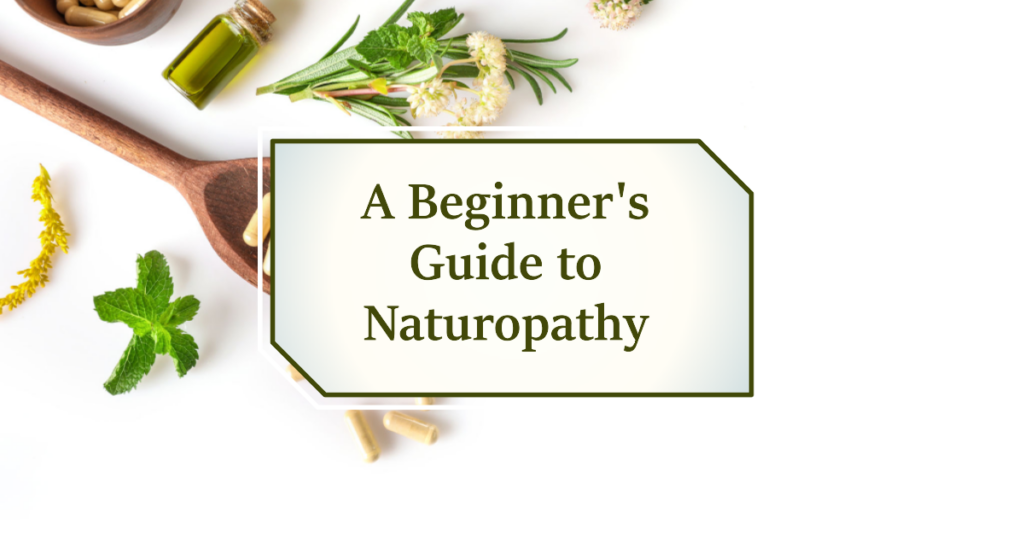
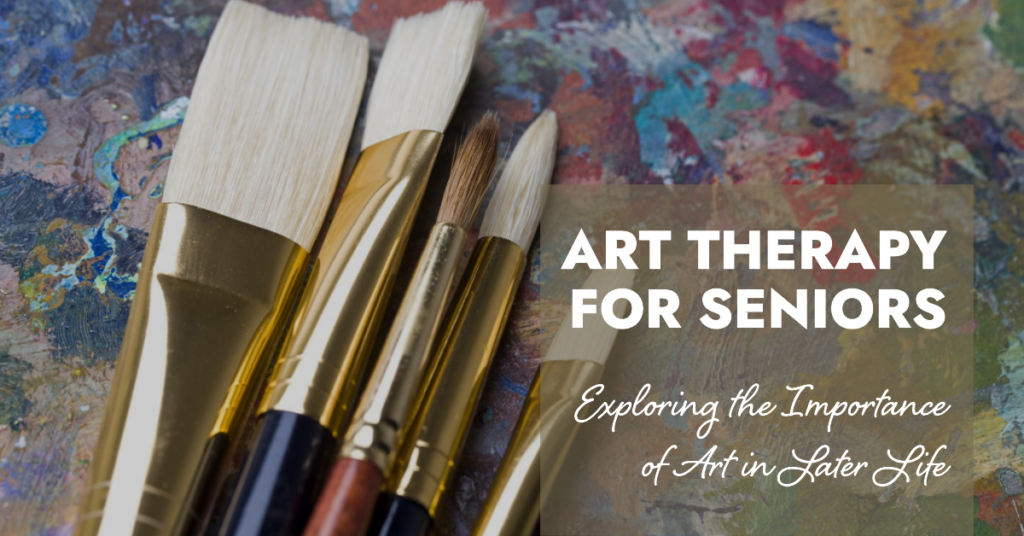
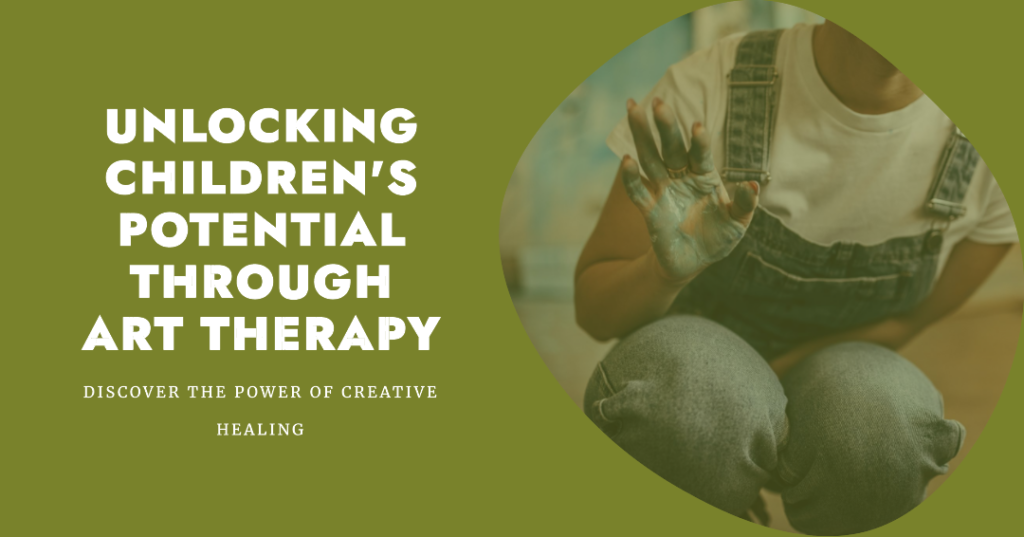





[…] say, for example, you are a parent trying to help your child vent out the daily stress and anxieties or efficiently channelize their boundless energy; this book provides a handful of exercises […]
[…] are just the tip of the iceberg. By providing a safe space for expression, art therapy can […]
[…] therapeutic power of art in wellness is a testament to the profound connection between creativity and mental well-being. By embracing […]
[…] Mood: The creative process can have a calming effect and help relieve stress, resulting in an improved […]
[…] are just the tip of the iceberg. By providing a safe space for expression, art therapy can […]
[…] 6 Scientific Reasons Why You Should Use Art therapy to Relieve Stress […]